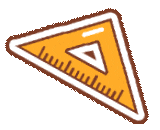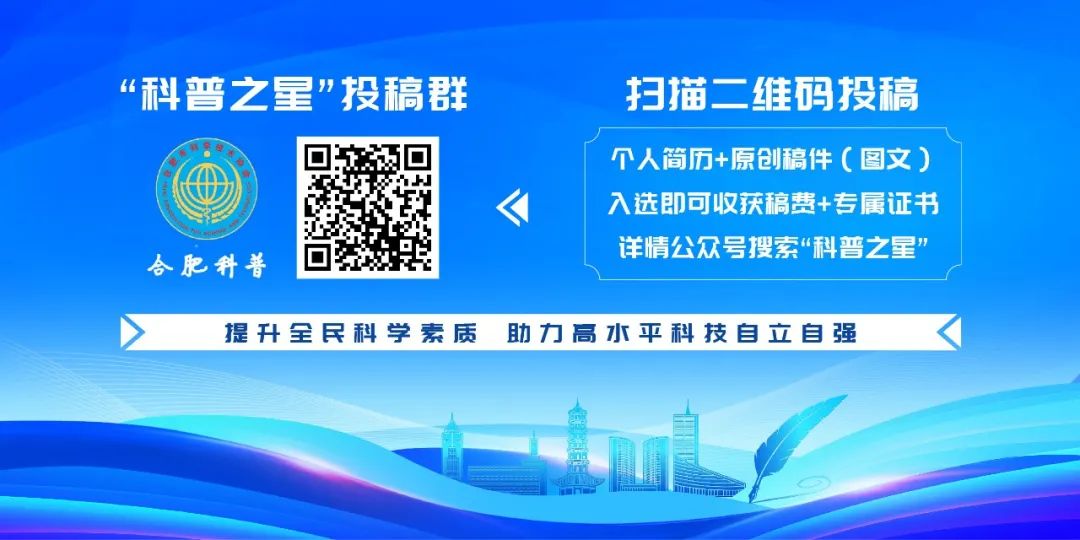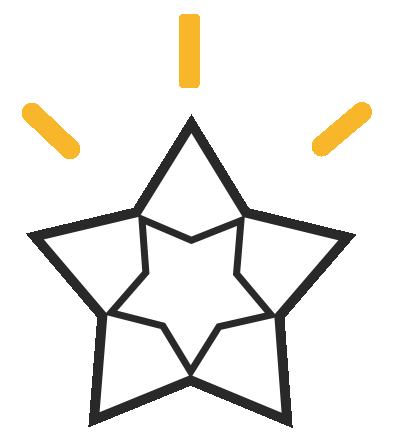17th Hefei
Youth Robot Competition
About
Explanation of the Aerial Detection Task in Class C Basic Tasks
PART.1
The programmable controlled flying robot must possess autonomous recognition capabilities
In the description of the intelligent robot task, Class C, the first item: Project Overview “In this project, Class C refers to programmable controlled flying robots. This task simulates the setting of corresponding application scenarios, comprehensively utilizing various sensors such as image recognition, positioning, and barometric measurement, to independently design, manufacture, or modify flying robots, and to write and debug the control program for the aircraft on-site, enabling it to autonomously and efficiently complete a series of tasks.”
The third item: Technical Requirement No. 3 “3. The flying robot should have the ability to achieve precise positioning, transport items, and conduct aerial measurement and discrimination (e.g., color, length, area, volume, quantity, etc.) using various technical means such as image recognition, UWB, or others.”
Based on the aforementioned two points, the flying robot with programmable control functionality must have the ability to autonomously execute tasks. In terms of aerial detection, the flying robot needs to be able to autonomously measure and recognize objects and present the detection results through its built-in program.
PART.2
This project encourages participants to comprehensively utilize various sensors, such as image recognition, positioning, and barometric measurement, to independently design, manufacture, or modify aircraft, write programs on-site, debug, and improve the control program of the aircraft, enabling it to autonomously and efficiently complete the flying project tasks. There are no restrictions on the participating equipment.
According to the task description, the basic task requires the flying robot to fly to the E1-F4 area to complete the “aerial detection” task, thus the flying robot must complete this task according to the rules.
PART.3
Regarding the presentation of results, the rules do not impose specific restrictions, therefore it is not limited to display screen presentation. The presentation method can be diversified, for example, displayed on the drone itself or on a computer. However, if choosing to display on a computer, software for object recognition is not allowed.
About
Explanation of the Laser Targeting Task in Class C Challenge Tasks
PART.1
In the Class C intelligent robot tasks, there are a total of 5 challenge tasks, with specific requirements as follows:
The elementary group will draw two tasks from the optional challenge tasks, which will serve as the challenge tasks for that session of the competition, and each participating team can determine one of them as their challenge task.
The middle school group will draw three tasks from the optional tasks, which will serve as the challenge tasks for that session of the competition, and each participating team can determine two of them as their challenge tasks.
The high school group will draw four tasks from the optional tasks, which will serve as the challenge tasks for that session of the competition, and each participating team can determine three of them as their challenge tasks.
Laser targeting is only one of the challenge tasks and is an optional project. If drawn, participants have the right to decide whether to participate.
PART.2
According to the competition rules, the organizing committee will provide a unified open protocol for thepublic receiving target, and students are also allowed to bringpersonal receiving targets that meet competition standards.

Other Questions
Q
Is the Class C shooting channel open to all drones? Is it feasible to use ground station feedback for aerial detection?
A: The shooting channel provided by the organizing committee is open. According to the competition rules, the technical requirement No. 3 states that the aircraft must have recognition capabilities, so ground stations cannot be used.
Q
Can the protective cover of the aircraft be removed during the Class C competition challenge tasks?
A: According to the competition rules, technical requirement No. 4 states that a protective cover is required during the competition and cannot be removed during flight.
Initial Review: Zeng Jiajia Second Review: Ma Rong Final Review: Wang Juan
Source:Hefei Science Popularization Original Content
Some materials sourced from the internet
If there is any infringement, please contact us for deletion
 ENDPrevious Recommendations
ENDPrevious Recommendations
1. “Wearing yellow clothes, all the bugs in the world ‘kiss’ you”
2. China Aerospace Day | Major Events in China’s Manned Spaceflight →
3. Hefei, the city that ‘calculates’!

 Share
Share Save
Save Like
Like View
View